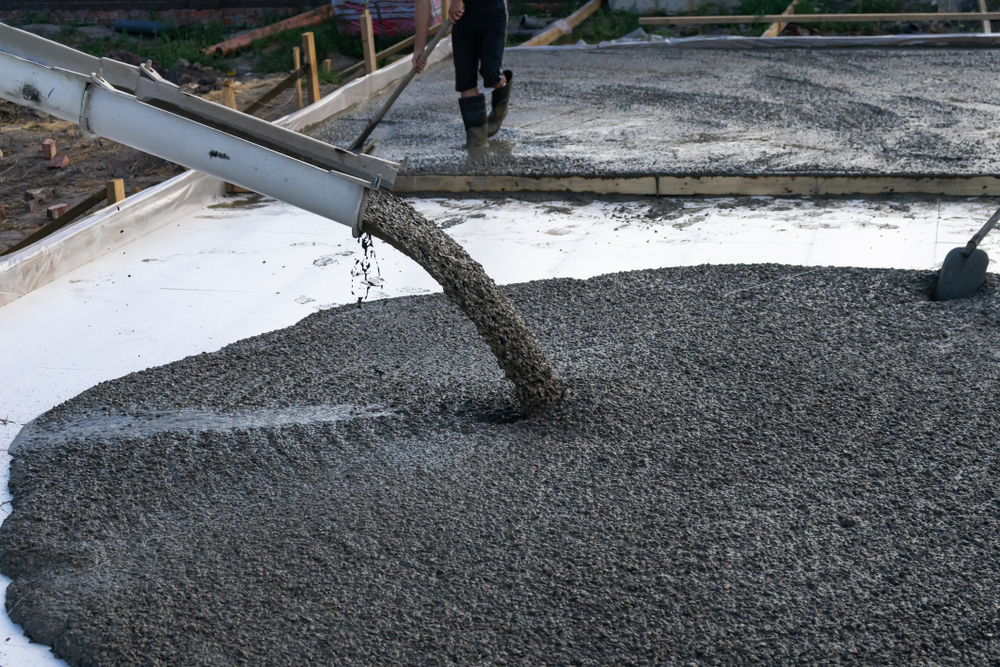Introduction (100 words):

For the successful construction of any infrastructure, the strength and durability of cement and concrete play a crucial role. Therefore, it becomes imperative to ensure the quality of these materials through comprehensive testing. In this blog post, we will discuss the significance of ASTM B and C valves in cement and concrete testing. These valves, which adhere to the standards set by the American Society for Testing and Materials (ASTM), are instrumental in enhancing the accuracy and reliability of test results. Let's delve deeper into their importance and the advancements they bring to the field.
Understanding ASTM B and C Valves (200 words):
ASTM International, formerly known as the American Society for Testing and Materials, is a globally recognized organization that sets the standards for various industries, including cement and concrete testing. ASTM B and C valves are integral components of cement and concrete test chambers used for curing hydraulic cement and concrete test specimens.
ASTM B valves refer to valves designed for use with concrete compression testing applications, wherein they facilitate the controlled flow and release of hydraulic fluids, ensuring optimal curing conditions for test specimens. These valves are specifically engineered to meet the stringent requirements outlined in ASTM B117, which covers salt spray (fog) testing.
ASTM C valves, on the other hand, are engineered to comply with the specifications of ASTM C511. These valves are utilized in the air curing process of cement or concrete, ensuring precise control over the air supply, temperature, and humidity within the test chambers. They maintain an ideal testing environment, allowing accurate measurements and reducing the risk of any inconsistencies.
Advancements in ASTM B and C Valves (400 words):
Over the years, technological advancements have greatly contributed to improving the efficiency and accuracy of cement and concrete testing processes. Manufacturers have focused on enhancing the features and capabilities of ASTM B and C valves to further optimize test chambers and ensure the highest quality results.
1. Enhanced Durability: ASTM B and C valves are now manufactured using high-quality materials that can withstand the harsh conditions of curing chambers. This durability eliminates the risk of valve failure, ensuring consistent and reliable curing conditions for concrete test specimens.
2. Precise Control: Modern ASTM B and C valves offer finer control over various factors, such as air supply, temperature, and humidity. This precise control allows for highly accurate testing conditions, which translates into superior quality test specimens.
3. Automation and Remote Monitoring: In recent years, automation and remote monitoring capabilities have become essential features of ASTM B and C valves. Manufacturers have embedded sensors and sophisticated control systems within the valves, enabling real-time monitoring of temperature, humidity, and air flow. This automated approach streamlines the testing process and eliminates human errors.
4. Improved Safety Features: Advancements in ASTM B and C valves have also led to enhanced safety features, such as pressure relief mechanisms and fail-safe mechanisms. These features safeguard the valves against potential failures or accidents, protecting both the operators and the test specimens.
Conclusion (200 words):
ASTM B and C valves have revolutionized the field of cement and concrete testing. These valves, designed according to ASTM standards, ensure precise and controlled curing conditions for hydraulic cement and concrete test specimens. The advancements in these valves, including enhanced durability, precise control, automation, remote monitoring, and improved safety features, have significantly improved the overall accuracy and reliability of test results.
It is essential for manufacturers and construction companies to understand the importance of using high-quality ASTM B and C valves in their cement and concrete testing procedures. By implementing these valves, not only can they ensure compliance with global standards but also guarantee the strength, durability, and safety of their structures.
Investing in high-quality ASTM B and C valves will not only drive better testing outcomes but also contribute to the overall efficacy and success of construction projects. Consequently, the advancements in these valves represent a game-changer in cement and concrete testing, leading to a better understanding of material properties and stronger infrastructure for the future.
